Beyond the walls of galleries and museums, sculptures can occupy the most unlikely places. A figure of Eve by Auguste Rodin stands outside the Nando’s in Harlow, while stone seats, drinking fountains and war memorials form the fixtures and fittings of towns and villages up and down the country. Many more languish in quiet corners of regional museums, or in storage. For cultural education charity Art UK, sculpture’s status as an overlooked art form was the impetus behind its project – the first phase of which launches today – to catalogue every publicly owned sculpture in the country.
Set up as the Public Catalogue Foundation in 2002 to make accessible the hundreds of thousands of works of art held by the nation, the charity’s first project was to digitise oil paintings – by 2012, more than 200,000 of these were displayed online. Since then it has added prints, drawings and watercolours to its database, and in April last year a team of staff and volunteers began the task of photographing and cataloguing sculptures.
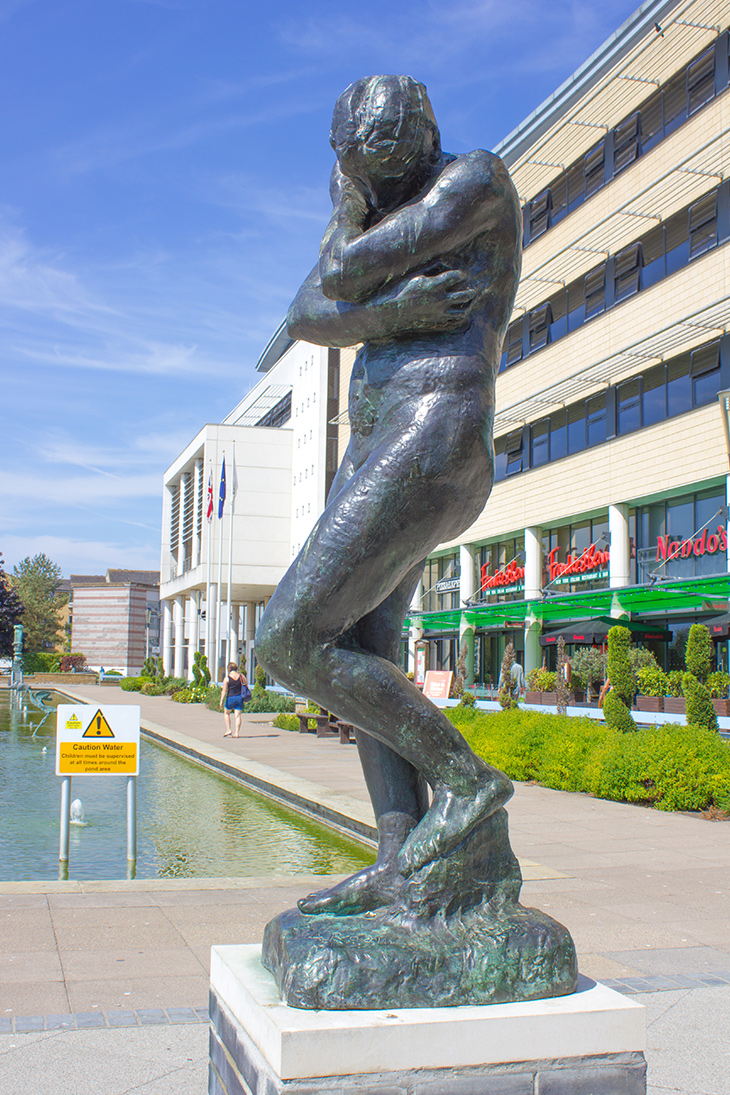
Eve (1882), Auguste Rodin. Photo: Tracy Jenkins/Art UK
The first thousand records are now online, and include a pair of unidentified Chinese figures at the Nairn Museum in Scotland, a Greco-Roman woman at Milntown House on the Isle of Man, and examples of post-war municipal art, such as Elisabeth Frink’s Boar, now at the Water Gardens in Harlow. Art UK expects to catalogue a further 150,000 sculptures by the end of 2020.
The charity hopes that documenting the nation’s sculptural heritage will increase public appreciation not only of individual works, but of the medium more generally. Andrew Ellis, Art UK’s director, says: ‘Most people, when they think about art, will probably think about paintings rather than sculpture, and that’s slightly odd because we walk past sculptures and public monuments all the time. I think it’s still the case that exhibitions are more often than not of paintings rather than sculptures.’
For David Ekserdjian, professor of art and film history at the University of Leicester, and a trustee of Art UK (and former editor of Apollo), there are intrinsic impediments to the appreciation of sculpture: ‘Most sculpture is not naturalistically coloured and I think that’s something people, arguably, are deterred by. We’re also programmed to look at rectangular screens, which are picture-shaped. Sculpture isn’t like that because you don’t very often have a single viewpoint that is controlled for you.’ (Thomas Marks, the current editor of Apollo, is also a trustee of Art UK.)
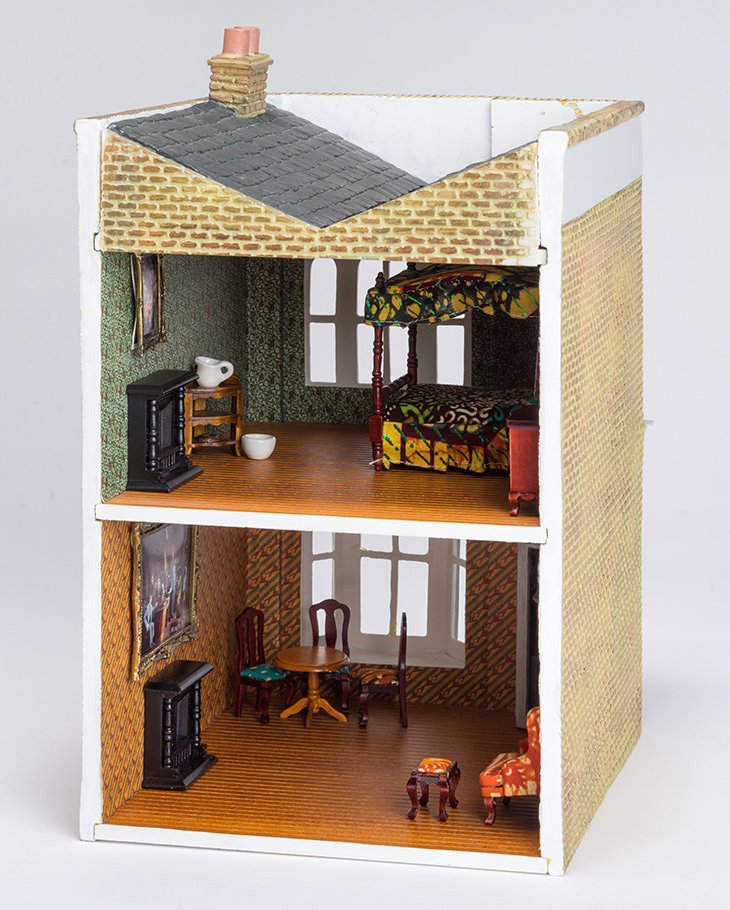
Untitled (Dollhouse) (2002), Yinka Shonibare. Photo: Bradford Museums and Galleries. © Yinka Shonibare. All Rights Reserved. DACS 2019
All of this might suggest that the sculpture database is likely to be the least popular resource available via Art UK, though Ellis says that previous site traffic indicates otherwise. Data gathered since 2016 suggests that seven per cent of visitors to the site were using it to plan visits, and Art UK aims to respond to this by planning trails taking in multiple works. ‘Seeing art online encourages people to go and see the real thing, and we hope that’s going to be the case with sculpture.’ The digital resource also allows users to access art in new ways, and an Art UK survey carried out in 2018 indicated that 22 per cent of visitors were searching the site by subject matter as opposed to medium or location.
Public sculpture is uniquely vulnerable, as was highlighted in late 2015 when Historic England launched its campaign to locate sculptures commissioned in the period after the Second World War, many of which had been lost, sold, vandalised or stolen. Ellis believes that the sculpture database is an invaluable tool in protecting such works: ‘If we can go some way to raise the profile of the fantastic sculpture collection that as a nation we own, we hope that will lead to people taking more notice of sculptures, and changes to sculptures. The photographic record in itself will allow us to measure condition change. Having the digitised audit of everything outdoors is going to be important.’
Unlimited access from just $16 every 3 months
Subscribe to get unlimited and exclusive access to the top art stories, interviews and exhibition reviews.

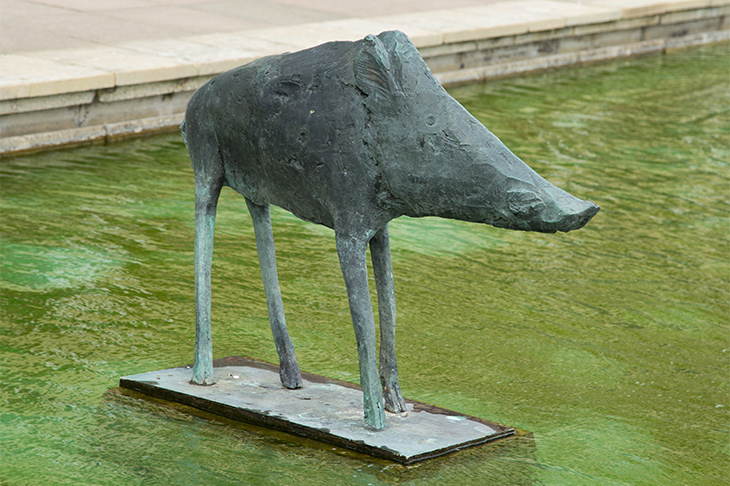
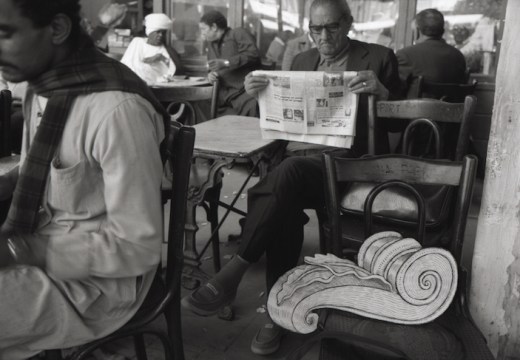
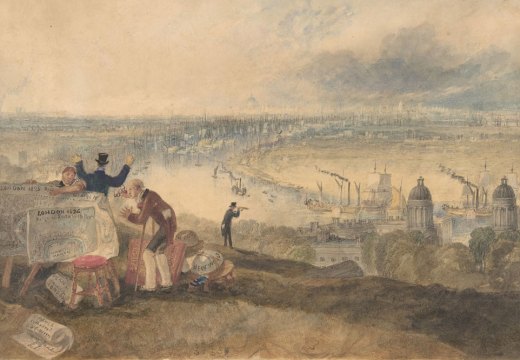
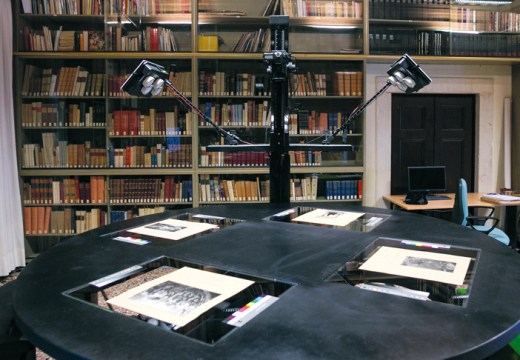









![Masterpiece [Re]discovery 2022. Photo: Ben Fisher Photography, courtesy of Masterpiece London](http://www.apollo-magazine.com/wp-content/uploads/2022/07/MPL2022_4263.jpg)
It’s time for the government of London to return to its rightful home